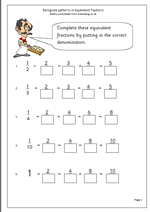 By year 6 children will need a clear understanding of equivalent fractions. They should understand that 1/2 is equivalent to 2/4, 6/8 etc. This will help them enormously when they come to adding and subtracting fractions; in fact they won’t be able to do them without this understanding.
By year 6 children will need a clear understanding of equivalent fractions. They should understand that 1/2 is equivalent to 2/4, 6/8 etc. This will help them enormously when they come to adding and subtracting fractions; in fact they won’t be able to do them without this understanding.
A fraction such as 5/20 can be reduced to an equivalent fraction 1/4 by dividing the numerator and denominator by the same number. This is usually known as cancelling.
A fraction such as 4/10 can be changed to an equivalent fraction by multiplying both the numerator and the denominator by the same number. There is no mathematical term for this, but it is often known as lecnacing (cancel backwards).
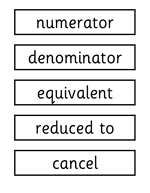
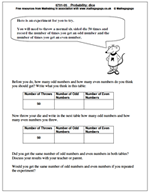
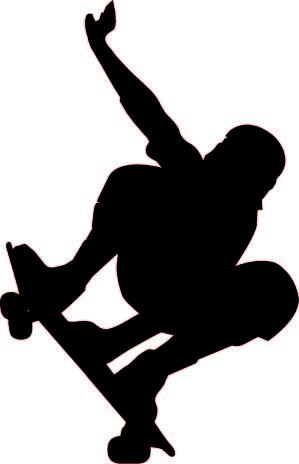 By the end of year 6 children should know and be able to read, write and use the following quite tricky words:
By the end of year 6 children should know and be able to read, write and use the following quite tricky words: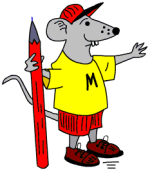
 Another set of questions using tables and charts. Children often get confused by questions which say that an event was earlier or later when looking at a calendar. If it was earlier then the number of days have to be subracted. On a calendar moving up one position will subtract 7 days – useful when counting back.
Another set of questions using tables and charts. Children often get confused by questions which say that an event was earlier or later when looking at a calendar. If it was earlier then the number of days have to be subracted. On a calendar moving up one position will subtract 7 days – useful when counting back.